Categories: YA fantasy; fairy-tales retold
Series: Princess #2
Publisher: Bloomsbury USA Childrens, 2010
Book Source: My collection (e-book)
I loved Jessica Day George’s Princess of the Midnight Ball, so it still surprises me that I waited over a year and a half to read its sequel, Princess of Glass. (Then again, if you saw the length of my TBR list, perhaps that’s not so odd.) I finally got around to Princess of Glass last week, and I really enjoyed it. It’s not quite as enchanting as Princess of the Midnight Ball, perhaps, but it’s a delightful tale nonetheless. It’s also an important bridge between the first book and the third, last December’s Princess of the Silver Wood.
The ten unmarried Westfalian princesses have been sent on state visits to the other countries of Ionia (a Europe-analog.) Princess Poppy, one of the “middle” princesses in age, has drawn Breton, their dead mother’s native land. While staying with her mother’s cousin and their family, Poppy is drawn into a witch’s attempt to ensnare the crown prince of the Danelaw. With her own experience as background and warded by her own knitted charms, Poppy is among the first to suspect what is going on and try to stop it.
Princess of Glass is, as you might guess from the title, a retelling of the Cinderella story, but told with a twist (or more than one.) For one thing, although Poppy is the main character, she is not Cinderella, but stands, in a sense, in place of one of the stepsisters. And Ms. George turns many of the Cinderella tropes on their heads. Ellen (Cinderella) comes across as weepy and petulant for much of the book. The Corley (the fairy godmother) is rather more than she first appears. The charming prince isn’t the heir of Breton’s king but merely a guest in the princely exchange program (and not particularly interested in getting married yet.) And George’s take on the glass slippers is frankly chilling. There are also several completely original subplots, including the budding romances between Christian and Poppy and between Christian’s friend Dickon Thwaite* and Poppy’s second cousin Marianne, and Poppy’s own increasingly vivid nightmares, in which she and her sisters are forced to return to Under Stone to dance with the remaining princes there.
I’ve been trying to figure out why Princess of Glass didn’t quite live up to its wonderful predecessor, and I think it’s due to a combination of things. Perhaps the most important is that Poppy isn’t really in danger during most of the book. Her nightmares do introduce a sense of foreboding, but it’s quite separate from the main plot. The result is a less suspenseful book than Princess of the Midnight Ball. I also really missed Poppy’s sisters, the other princesses, although in another way it was fun to see Poppy come into her own. Finally, more of the book is spent in the “real” world of Breton (not Brittany but Britain) than in an enchanted realm, which diminishes the sense of magic and fantasy somewhat.
However, I do congratulate Ms. George on finding an original and fresh way to present the Cinderella tale – not an easy task given the many retellings we’ve seen over the last fifteen or twenty years! Brave and impetuous Poppy is delightful, a welcome addition to the canon of princess-heroines. Princess of Glass suffers only in comparison to Princess of the Midnight Ball, and that only slightly; on its own merits, it’s a charming tale and well worth reading.
*I’m not sure if this name is a conscious tribute to The Secret Garden, but it made me smile.
Also on The Bookwyrm’s Hoard:













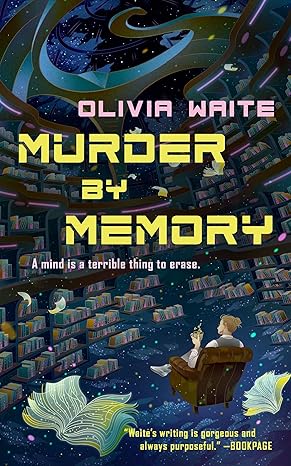

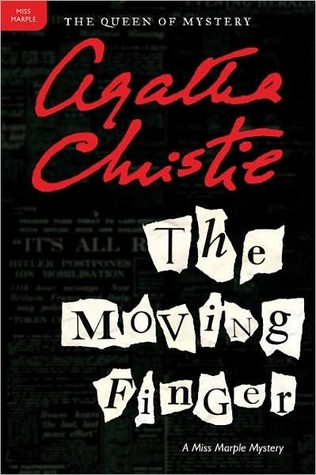

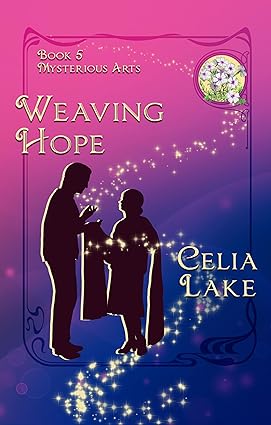

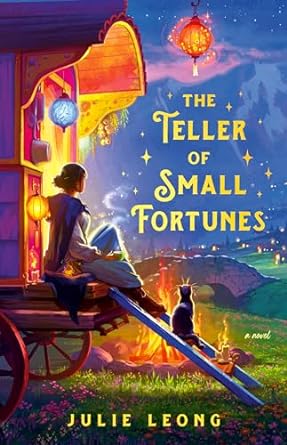
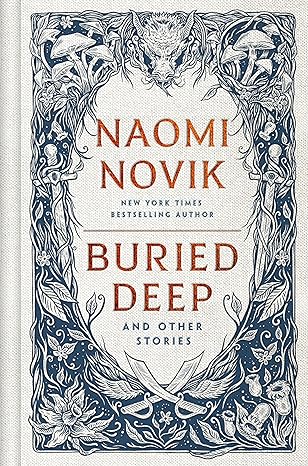
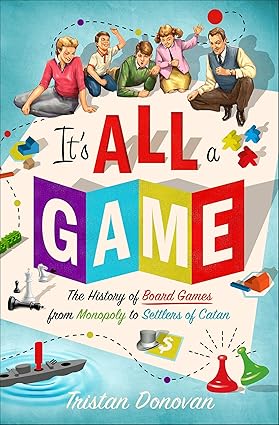
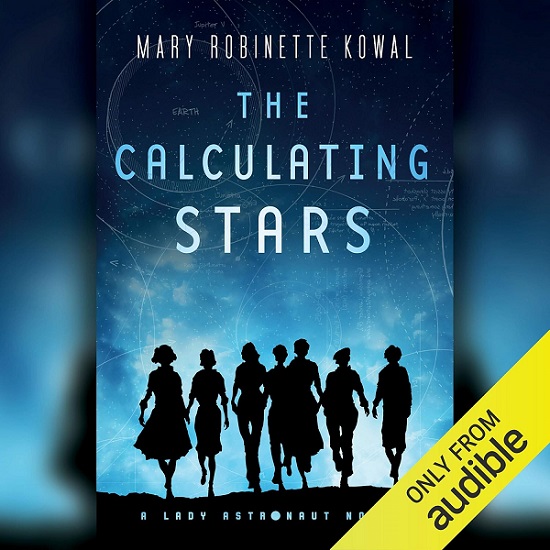
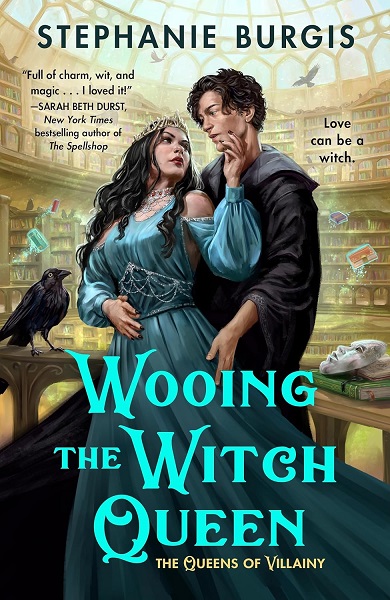


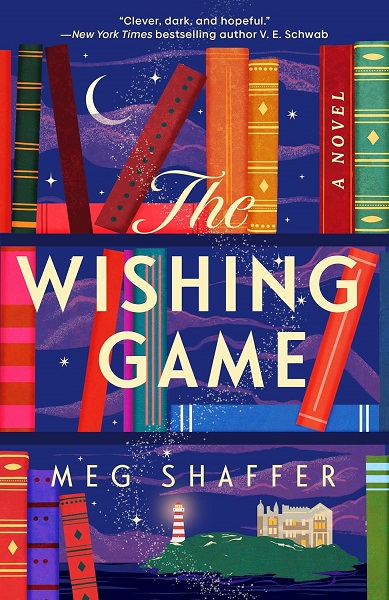


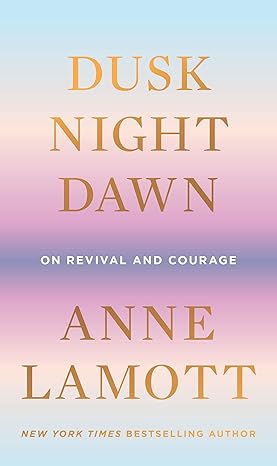
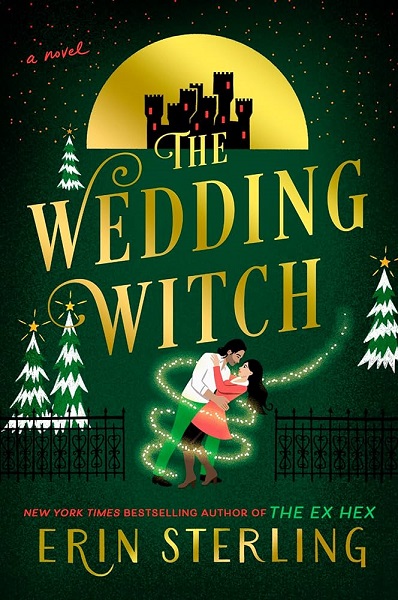


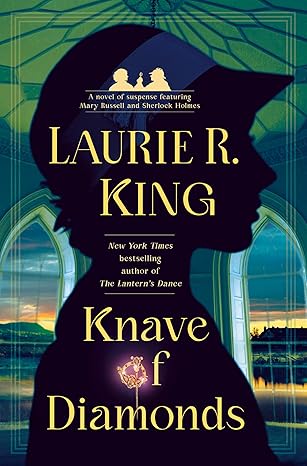






kimbacaffeinate
Poppy sounds wonderful. I adore the covers for this series.
Lark
Me too. And I really like Poppy; she’s feisty!